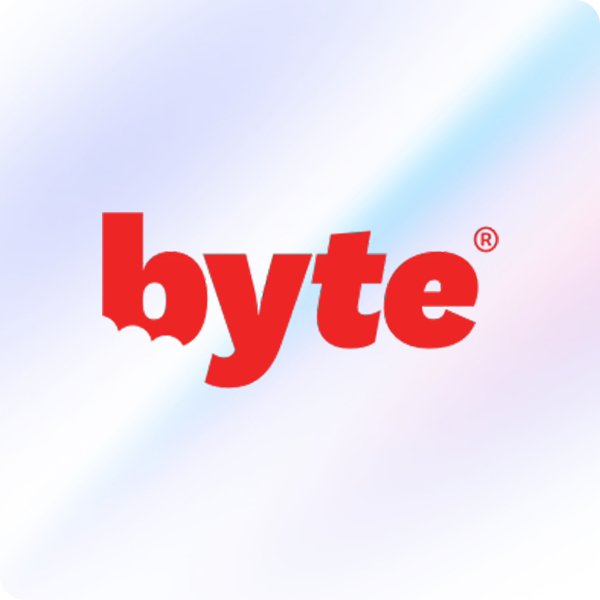With straighter teeth becoming an increasingly popular goal for people of all ages, many are faced with the decision between traditional metal braces and clear aligner alternatives like Invisalign. When weighing the options, cost often emerges as a key factor.
This article provides insight into the cost differences between regular braces and Invisalign, cheaper alternatives, and other important information worth knowing before making treatment decisions. With this analysis, teeth-straightening solutions become more accessible to those seeking positive changes without breaking the bank.
So, are regular braces cheaper than Invisalign? Read on to discover the answer to this common question and more.
Cost of Braces
When considering the cost of traditional braces, it’s important to understand that the total expense can vary widely based on several key factors. The complexity of the dental issues being corrected is one of the primary factors affecting cost. Simple adjustments typically cost less, whereas more complex or severe orthodontic needs can lead to higher expenses. The duration of the treatment also plays a role in determining the overall cost, with longer treatments generally being more expensive.
Metal braces, the most common type, usually range in price from $3,000 to $7,000. These braces involve metal brackets and wires that gradually move the teeth into the correct position.
Ceramic braces, which use clear or tooth-colored brackets for a less noticeable look, tend to be slightly more expensive, with costs ranging from $4,000 to $8,000. Like metal braces, they work to align the teeth over time, but their less visible appearance makes them a popular choice among those seeking a more discreet treatment option.
Lingual braces are another option, positioned behind the teeth to make them virtually invisible from the outside. This discreetness comes at a higher cost, with prices typically between $8,000 to $10,000. Despite their hidden placement, lingual braces are effective in correcting dental alignments but may require a longer period for patients to adjust to them and can be more difficult to clean.
See our article: How Much Is Single Arch Orthodontic Treatment?
Cost of Invisalign
Invisalign uses a series of clear, removable aligners, tailored to fit snugly over the teeth. These aligners apply gentle pressure, guiding teeth into their correct positions over time. The process is highly personalized, with each set of aligners designed to achieve specific movements, making Invisalign a customized solution for dental alignment.
The cost of Invisalign treatment is influenced by various factors including the complexity of the dental issues being addressed and the anticipated length of the treatment. Geographic location also plays a role, as prices may vary from one area to another, reflecting local market rates and the cost of living.
On average, the price for Invisalign can fall between $3,000 to $8,000. This range is quite broad, highlighting the need for a personalized consultation to obtain an accurate estimate. During such a consultation, the dental professional can provide a detailed breakdown of costs, taking into account the specific treatment plan required for the individual.
See our article: Can I Switch from Braces to Invisalign Mid Treatment?
Cheaper Alternatives – Clear Aligners
While Invisalign is a popular clear aligner option, it’s not the only one. Many other aligner brands are changing the way people straighten their teeth by allowing individuals to order their aligners from home.
Unlike Invisalign where you have to visit an orthodontist for special X-rays and information about your condition, these brands allow you to capture your teeth impressions through at-home kits or a local store and create a customized plan afterward using 3D computer imaging software. Once the plan is approved by a dentist or orthodontist that’s associated with the product, you’ll get your aligners shipped right to you without ever having to step foot into a doctor’s office.
These other clear aligner brands offer high-quality products for a fraction of the price of Invisalign but offer similar treatment results. Here are some of the best alternative options:
AlignerCo – The most budget-friendly at-home aligner brand offering a treatment plan for as little as $945. They offer a monthly payment plan too which is cheaper and shorter in duration than other aligner brands. AlignerCo is a cheap alternative to braces and Invisalign.

AlignerCo
The cheapest at-home aligners, with monthly plans, no down payment, and considerable discounts.
Check out AlignerCo AlignersNewSmile – This brand offers a very competitive treatment cost and comes with free whitening foam and retainers. They also offer a monthly payment plan that requires no down payment.

NewSmile
Affordable at-home treatment with positive reviews offering superior look and comfort.
Check out NewSmile AlignersCandid is a highly regarded aligner product with a treatment approach similar to Invisalign. Unlike the other brands mentioned, Candid doesn’t offer a direct-to-home ordering service. Instead, a qualified orthodontist will assess your eligibility for treatment. The advantage is that you won’t need regular appointments after starting treatment. Candid aligners are suitable for addressing both mild and severe spacing issues.

Candid
A hybrid of in-office and at-home treatment that provides 1-on-1 orthodontist support.
Check out Candid AlignersByte – This is another well-known brand in the at-home aligner market with treatment costing just under $2,000. This brand offers the Byte for Life Guarantee which means if your teeth move after treatment they will give you additional impression kits, aligners, and more, at no extra cost.

Byte
An affordable option with refundable impression kits, free HyperByte, and a Byte for Life guarantee.
Check out Byte AlignersHow Can Clear Aligners Be Cheaper than Braces?
One of the primary reasons that clear aligners can be cheaper than traditional braces is the manufacturing process. Clear aligners are made using advanced computer technology, which allows for precise and accurate measurements of the patient’s teeth. This technology helps to reduce production costs, as there is less manual labor involved in the process. Additionally, clear aligners are typically easier and quicker to manufacture than traditional braces, which are often made by hand. This means that orthodontists can offer clear aligners at a lower price point compared to braces.
Another factor that contributes to the lower cost of clear aligners is the reduced number of appointments required for treatment. With traditional braces, patients typically need to visit the orthodontist every four to six weeks to adjust the wires and brackets. In contrast, clear aligners only require occasional check-ins to ensure that the aligners are fitting properly. This reduces the amount of time and money spent on office visits, making clear aligners a more cost-effective option.
Finally, clear aligners may require less treatment time than traditional braces. While the length of treatment will depend on the complexity of the case, clear aligners can often achieve the desired results in a shorter amount of time than braces. This reduced treatment time can lead to a lower overall cost for patients seeking orthodontic treatment.
See our article: Ways to Save Money on Aligners.
Worth Knowing
A survey in the Journal of Orofacial Orthopedics reports that 83% of patients adapted to their aligners within the first week.
Are Regular Braces Cheaper than Invisalign? Conclusion
When deciding how to treat your teeth, price is certainly a factor; however, it shouldn’t be the only thing you consider.
While regular braces can be cheaper than Invisalign in most cases, they don’t offer an aesthetically pleasing result. Striking a balance between affordability and appearance should carefully be taken into account when selecting which route works best for you.
If you’re looking to straighten your teeth and don’t want the aesthetic impact of traditional braces, clear or lingual options may be right for more severe cases. Alternatively, if issues are milder Invisalign and other aligner brands offer effective results at a lower cost.
Sources
Thirumoorthy, S.N., et al. Is remote monitoring a reliable method to assess compliance in clear aligner orthodontic treatment? British Dental Association. (2021). DOI: 10.1038/s41432-021-0231-x. Available online at: https://pubmed.ncbi.nlm.nih.gov/34916648/
Tamer, I. et al. Orthodontic Treatment with Clear Aligners and The Scientific Reality Behind Their Marketing: A Literature Review. Turkish Journal of Orthodontics. 2019. doi: 10.5152/TurkJOrthod.2019.18083. Available online at: https://www.ncbi.nlm.nih.gov/pmc/articles/PMC7018497/
Ke, Y. et al. A comparison of treatment effectiveness between clear aligner and fixed appliance therapies. BMC Oral Health. 2019. doi: 10.1186/s12903-018-0695-z Available online at: https://www.ncbi.nlm.nih.gov/pmc/articles/PMC6343314/
Alajmi S., Shaban A, Al-Azemi R. Comparison of short-term oral impacts experienced by patients treated with Invisalign or conventional fixed orthodontic appliances. Medical Principles and Practice. 2019. Available online at: https://pubmed.ncbi.nlm.nih.gov/31842018/
Buschang, P.H., Shaw S.G., Ross M., Crosby D., Campbell P.M., Comparative time efficiency of aligner therapy and conventional edgewise braces. Angle Orthod (2014). DOI: 10.2319/062113-466. Available online at: https://meridian.allenpress.com/angle-orthodontist/article/84/3/391/58505/

